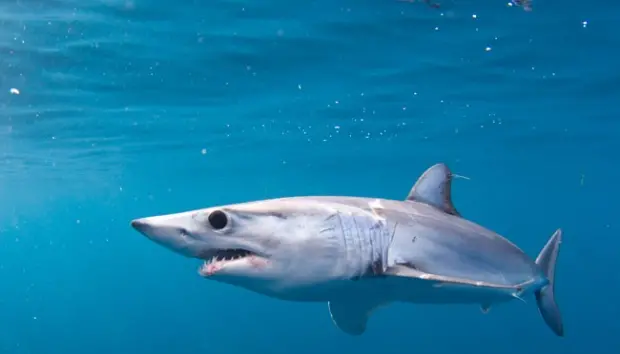
TEMPO.CO, Jakarta - Climate change endangers the population of elasmobranchs or neoselachians, such as sharks and rays. These two species are known as ancient animals that lived tens of millions of years ago, before evolving into their present form.
An international research team led by the University of Vienna analyzed the 100-million-year evolution of these iconic fish. The study results debunk the common assumption that the diversity of sharks and rays remained stable. In fact, it's the opposite.
The research combined fossil records with the reconstruction of past environments, including ocean temperatures, atmospheric CO2 levels, and the extent of shallow marine habitats. It is a fact that sharks and rays previously survived mass extinction incidents in the past. This can be observed from the era of dinosaur extinction.
Sharks and rays, as well as other marine elasmobranchs, have managed to avoid extinction threats, similar to the dinosaurs. However, this may not be the case in the future due to several factors, including climate change altering sea surface temperatures.
"Cartilaginous fish, including present-day sharks and rays, have been on our planet for over 400 million years. They have survived several mass extinction events. However, currently, more than a third of neoselachians are at risk of extinction," said Manuel Staggl, the lead researcher of the study as reported by Earth on Friday, November 21, 2025.
Factors Driving the Decline
The evolution model constructed by the research team indicates that habitat availability is the strongest driver of new species emergence. Specifically, shallow and structurally diverse coastal zones function as breeding grounds for marine life, indirectly key to the diversification of sharks and rays.
Ironically, coastal habitats worldwide are currently threatened by development, ocean warming, pollution, and massive fishing activities. These conditions have triggered mass extinctions for these cartilaginous fish species.
The perspective of this study clarifies why the current environmental crisis is so acute. In the past, environmental changes occurred slowly, indirectly providing time for species like sharks and rays to adapt or migrate. However, the situation is different now.
"In the past, sharks and rays had time to adapt or migrate to other areas. However, the current changes are happening too fast. The current situation has never occurred before," said Staggl.
The study authors argue that the conservation of sharks and rays cannot solely focus on fishing quotas but must adopt a broader perspective, such as conserving and restoring entire coastal ecosystems and limiting emissions to anticipate global warming and acidification.
